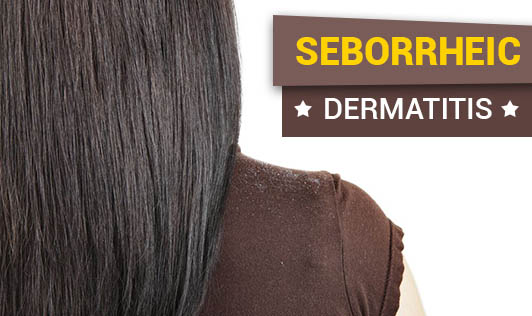Seborrheic Dermatitis
- 59 months ago
This is a common skin disorder that mainly affects one's scalp, causing scaly, itchy, red skin and stubborn dandruff. This can also affect your face, upper chest, back and other areas of the body that mainly have oil glands. In infants, this condition is known as a cradle cap. This condition isn't contagious and is not a sign of poor personal hygiene.
The exact cause of Seborrheic dermatitis isn't clear but there are factors that may play a role and they are:
• Neurological conditions such as Parkinson's disease and certain other neurological disorders
• HIV/AIDS
• Change of season
• A yeast called Malassezia
• Stress and fatigue
• Oily skin or skin problems such as acne
Sometimes, Seborrheic dermatitis appears to run in families. Doctors suggest that it may occur due to a combination of hormone levels, weakened immune system, and lack of certain nutrients or nervous system problems.
The signs and symptoms of this condition include:
• Inflammation of the skin
• Yellow or white flakes on your scalp or your hair, eyebrows, beard or moustache
• Itching and soreness
• Thick crusts on your scalp
• Patchy scaling
• Red skin covered with flaky white or yellow scales on other areas of your body including chest, scrotum, armpits and the area where your thighs meets the abdomen
Here are a few self-care tips:
• Avoid using harsh soaps and detergents
• Use an anti-itch cream or lotion to the affected area
• Wash your hair with a medicated anti-dandruff shampoo
• Use an over the counter antifungal cream (consult with a doctor preferably)
• Wear smooth cotton clothing
• Avoid scratching as it can increase your risk of infection
• Shave off your beard or moustache as it can irritate the skin
Contact your dermatologist if you or your child has any signs or symptoms of Seborrheic dermatitis!




